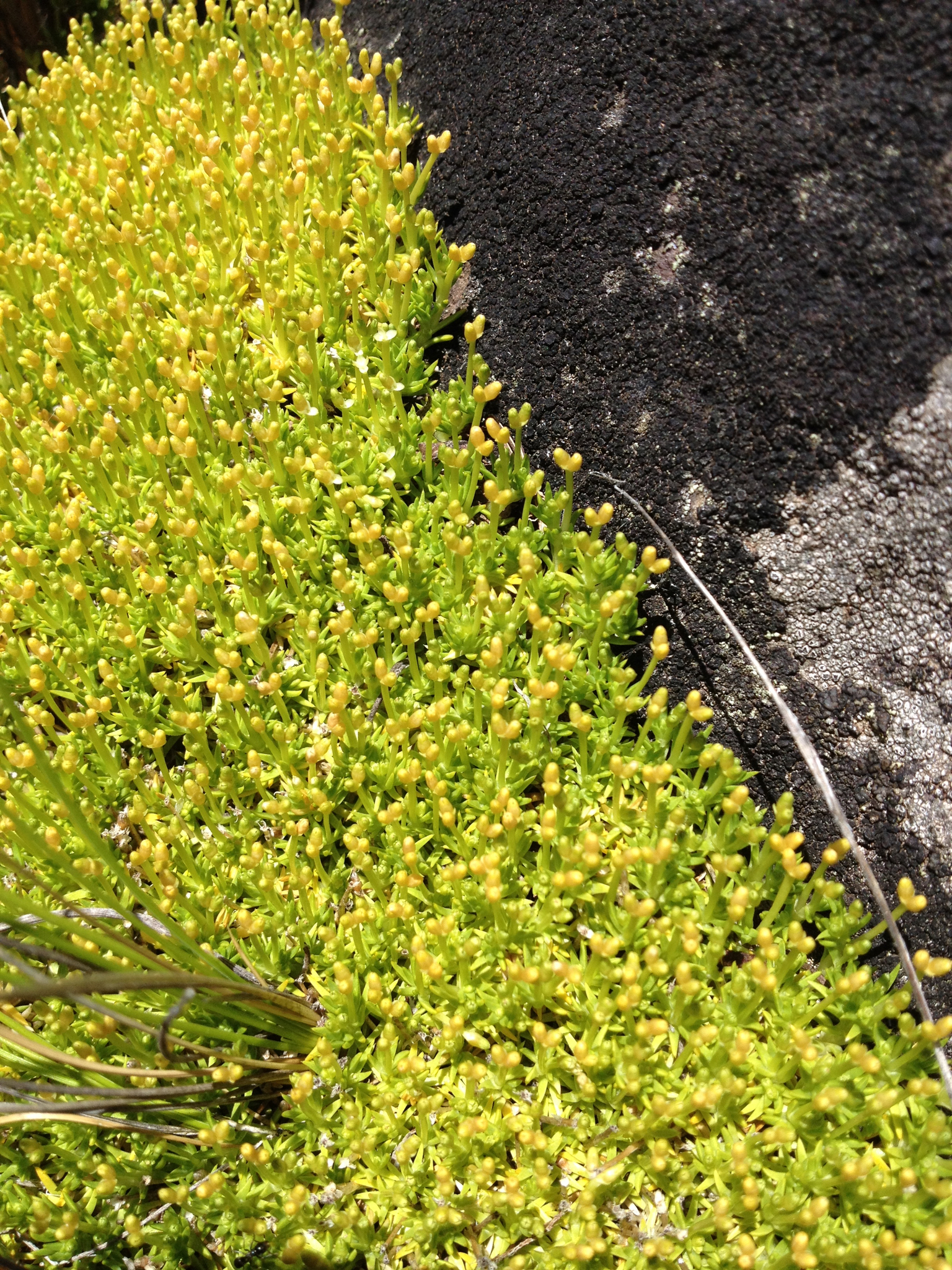
Annual or perennial herbs, occasionally shrubs. Leaves simple, entire, usually opposite and often joined around the stem which is often weak and with swollen joints; stipules, when present, very small. Flowers mostly bisexual, radially symmetric, usually in terminal clusters. Sepals 4-5, free or fused, occasionally in a long tube ending in calyx teeth. Petals 4-5, free, occasionally absent. Stamens of the same number or double that of the petals. Carpels 2-5 fused together. Ovary superior, 1-celled, with 1-many ovules having basal or free-central placentation. Styles 2-5, free. Fruit a capsule opening by teeth or flaps, occasionally a berry or 1-seeded nutlet; seeds usually kidney-shaped.
Several species are cosmopolitan weeds of gardens and disturbed ground.
A family of little economic importance except for floristry where widely known for the pinks and carnations.
96 genera, about 2500 species cosmopolitan but mostly northern temperate with a centre of diversity in the Mediterranean.
Source: (1997). Caryophyllaceae. In: . Horticultural Flora of South-eastern Australia. Volume 2. Flowering plants. Dicotyledons. Part 1. The identification of garden and cultivated plants. University of New South Wales Press.
